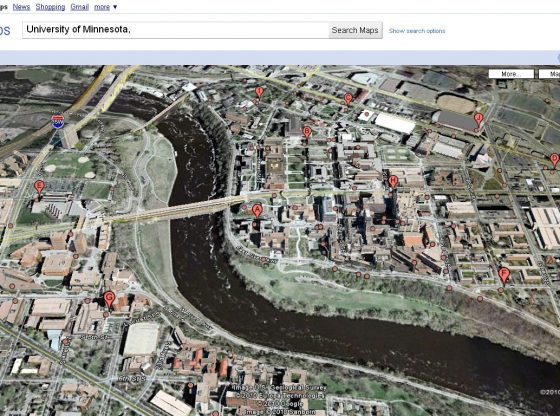Some local health agencies offer radon kits at little to no cost!
Every home in Minnesota should be tested every 2-5 years for radon gas, say state health officials. Testing a home is so important that, as a way to prevent exposure to radon, which gcan cause lung cancer, health officials are offering a limited number of low-cost test kits to Minnesota homeowners.
The Minnesota Department of Health (MDH) has sent about 3,500 radon test kits to 30 local public health agencies around the state that have expressed interest in distributing them to homeowners in their areas. During January, which is Radon Action Month, MDH and its partners take extra measures to increase radon awareness and testing. For details on how to obtain a kit, contact your local public health agency or MDH. A list of participating health agencies can be found on the MDH website at http://www.health.state.mn.us/divs/eh/indoorair/radon/rncontacts.htm.
MDH has recently developed a comprehensive brochure with information on radon risks, testing and mitigation. This brochure will accompany each test kit distributed by local public health agencies. Visit http://www.health.state.mn.us/radon to download a printable version of the brochure.
MDH estimates that one in three existing Minnesota homes have radon levels that pose a large health risk over many years of exposure. Radon is the second leading cause of lung cancer in the United States and more than 21,000 deaths are attributed to radon each year. Radon exposure, however, is a preventable health threat for many Minnesotans.
Radon is odorless, colorless and tasteless, so the only way for homeowners to know if their home has radon is to test. Testing is easy, inexpensive and only takes 3-5 days. The most difficult part is remembering to send the canister to the lab for analysis. Most test kits are priced under $20 and are available at city and county health departments, many hardware stores, or directly from radon testing laboratories.
Tests should be done in the lowest level of the home that is frequently occupied. Tests should not be done in laundry or utility rooms, kitchens or bathrooms. Once you have tested, further action can be taken based upon your results. If your home”s level is over 4 PiC/L, you should consider verification testing and having a radon mitigation system installed. Anyone interested in mitigating his or her home for radon should consult MDH”s list of certified radon mitigation contractors at http://www.health.state.mn.us/divs/eh/indoorair/radon/mitigation.html.
For more information on radon testing and mitigation visit http://www.health.state.mn.us/radon or call the Minnesota Department of Health Indoor Air Unit at 651-201-4601 or 1-800-798-9050.
Source: Minnesota Department of Health




